Cooking pasta seems simple, but achieving the perfect texture can be tricky. Overcooked pasta turns mushy, while undercooked pasta is too firm and chewy. So, how do you know when pasta is ready? Whether you're new to cooking or want to fine-tune your culinary skills, understanding the signs of properly cooked pasta is crucial. In this article, we'll explore several ways to check pasta doneness, from timing guidelines to taste tests and more.
1. Understand the Term 'Al Dente'
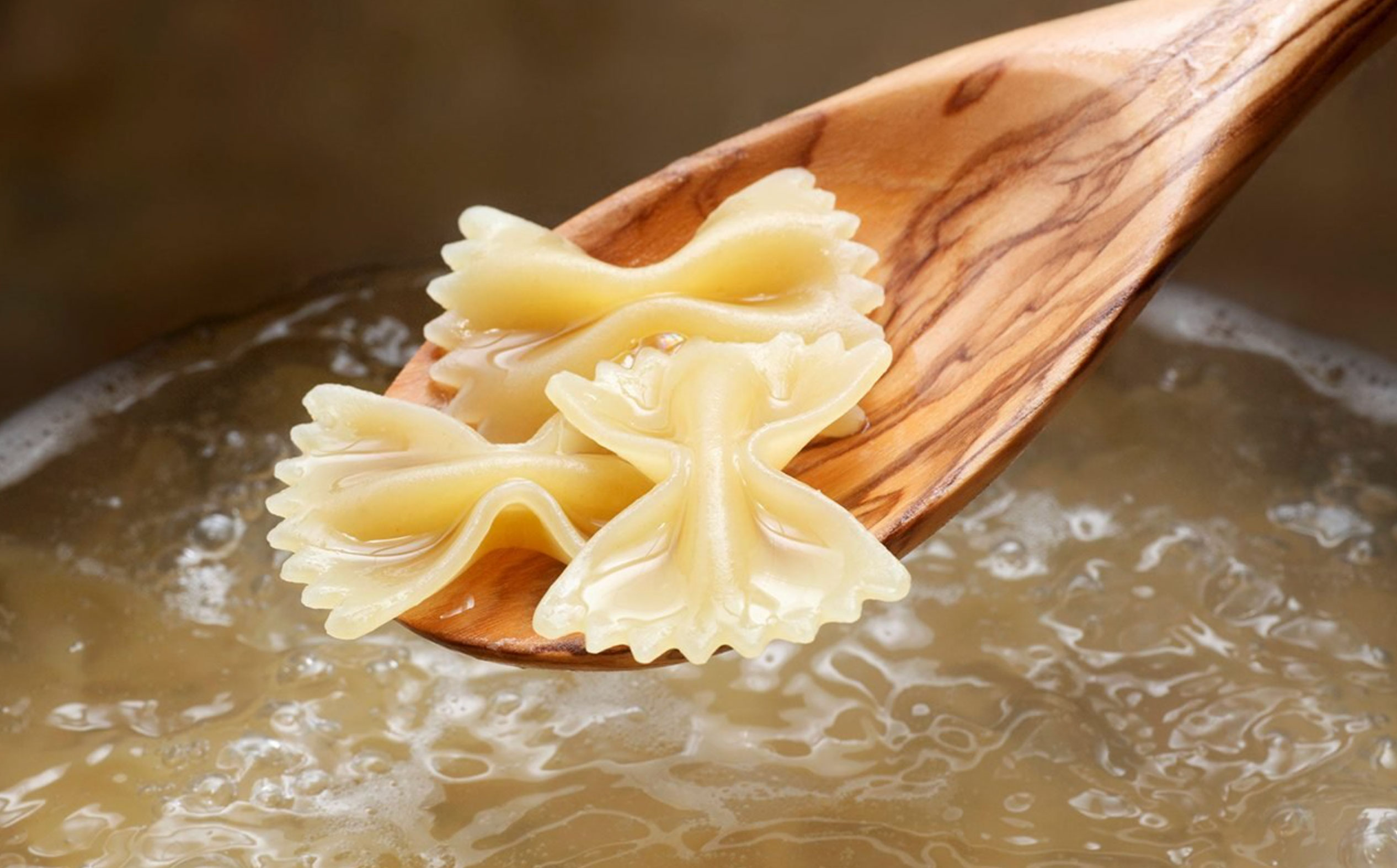
The phrase 'al dente' refers to pasta that is cooked so it's firm to the bite. This is the optimal texture for most pasta dishes. When you ask, 'how do you know when pasta is ready?', achieving an al dente texture is usually the answer. Al dente pasta holds its shape well, absorbs sauces effectively, and offers a more enjoyable chew than overcooked alternatives.
2. Follow the Package Instructions

The simplest way to start is by checking the cooking time printed on the pasta package. It usually provides a range, like 8–10 minutes for spaghetti. Set a timer for the lowest time in the range and begin checking your pasta from there. Remember that different pasta shapes and sizes cook at different rates, so always follow the specific directions for the type of pasta you're using.
3. Perform a Taste Test
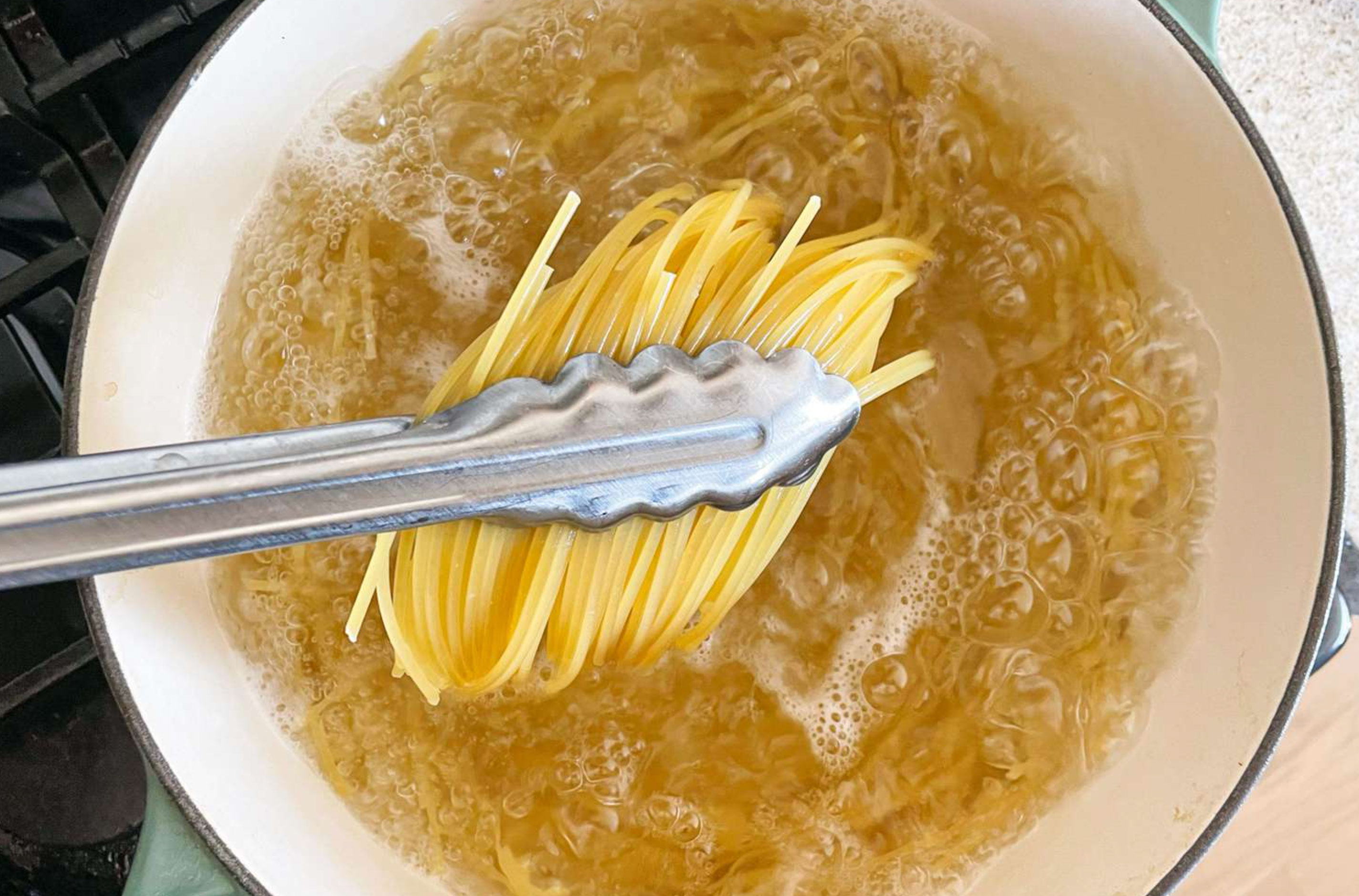
The most reliable method to know when pasta is ready is to taste it. About a minute before the minimum time, use a fork to remove a piece and give it a bite. It should be tender with a slight firmness in the center. If it tastes chalky or hard, let it cook for another minute, checking again frequently. Trust your taste buds—they're your best kitchen tool when determining doneness.
4. Check the Center Color
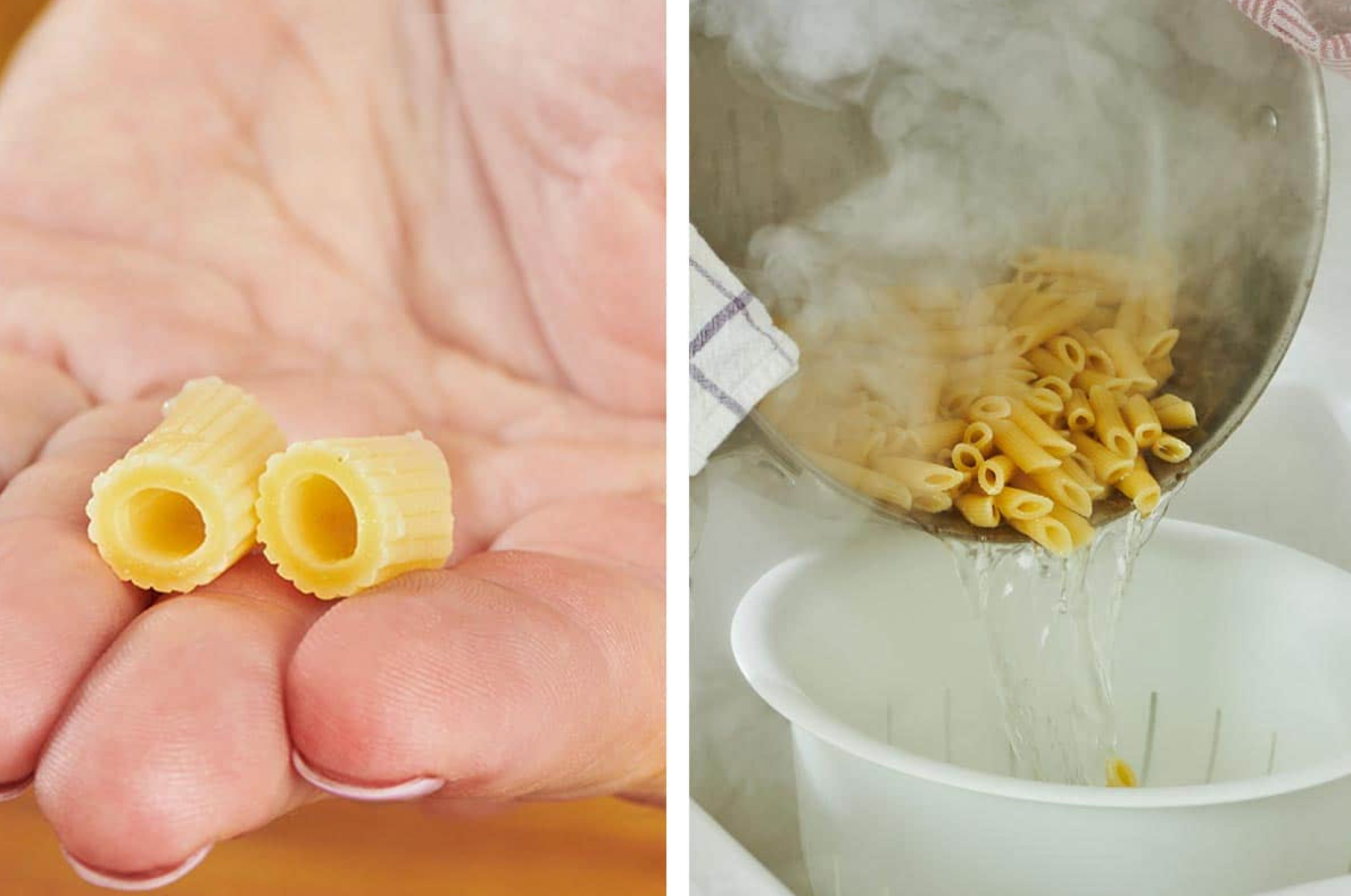
If you're unsure based on taste alone, cut a piece of pasta in half. Pasta that is perfectly cooked will be the same color all the way through. If the center is noticeably lighter or opaque, it may still be undercooked. This visual cue is especially helpful when preparing thicker pasta types like rigatoni or penne.
5. Monitor Texture During Cooking
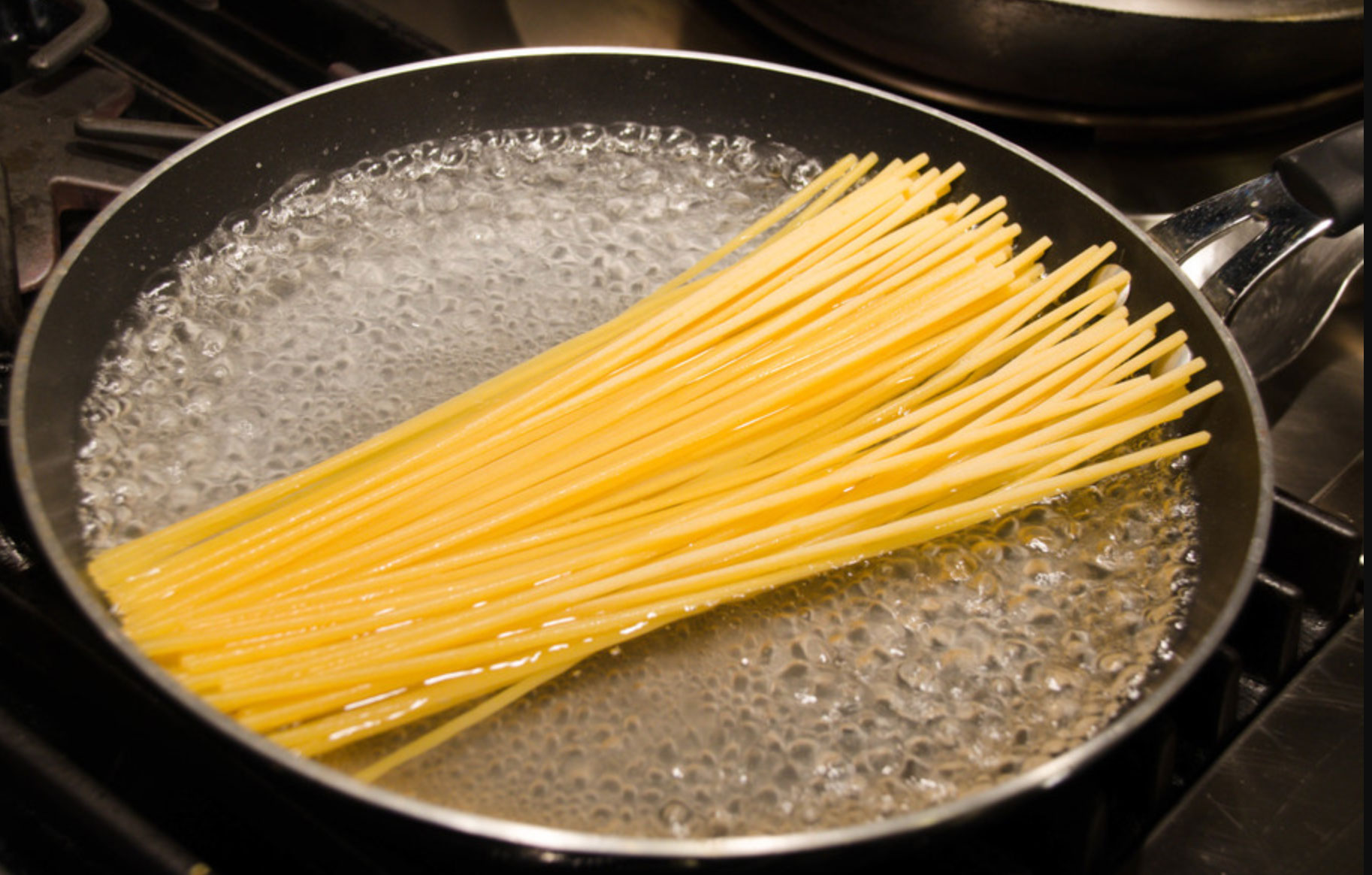
Stir pasta often while cooking to prevent sticking and ensure even doneness. Take note of how its texture changes over time. You'll notice that pasta softens gradually, becoming more supple and less stiff. Familiarizing yourself with these texture changes will help answer the question, 'how do you know when pasta is ready?' with greater confidence.
6. Don’t Rinse After Cooking
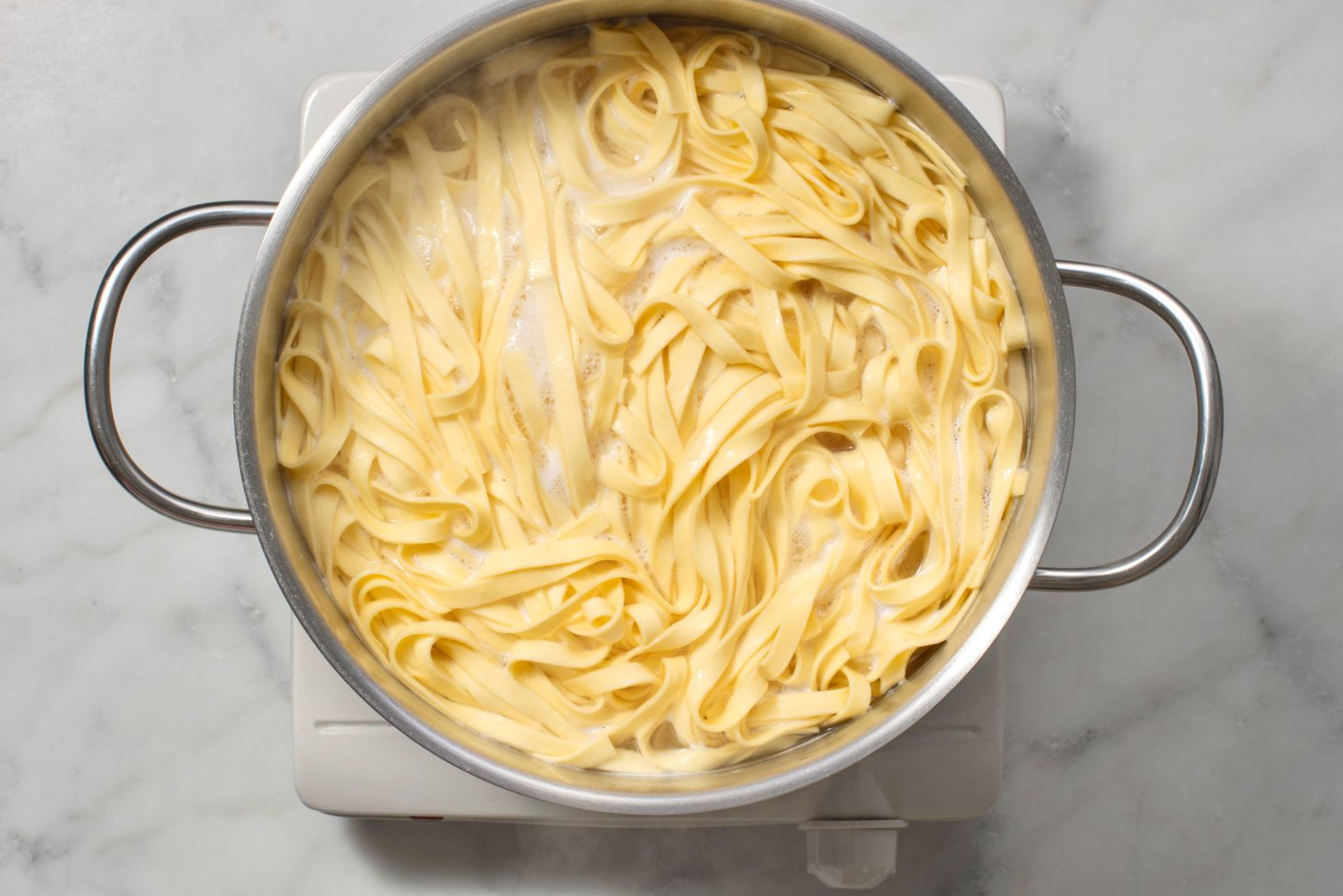
Once your pasta is ready, drain it but don’t rinse it. Rinsing removes the natural starches that help sauces cling to the noodles. These starches are also an indicator of doneness. Finished pasta should feel slightly sticky and firm, not slippery. Rinsing interferes with both texture and taste, reducing the overall quality of your dish.
7. Try the 'Wall Test'—Cautiously
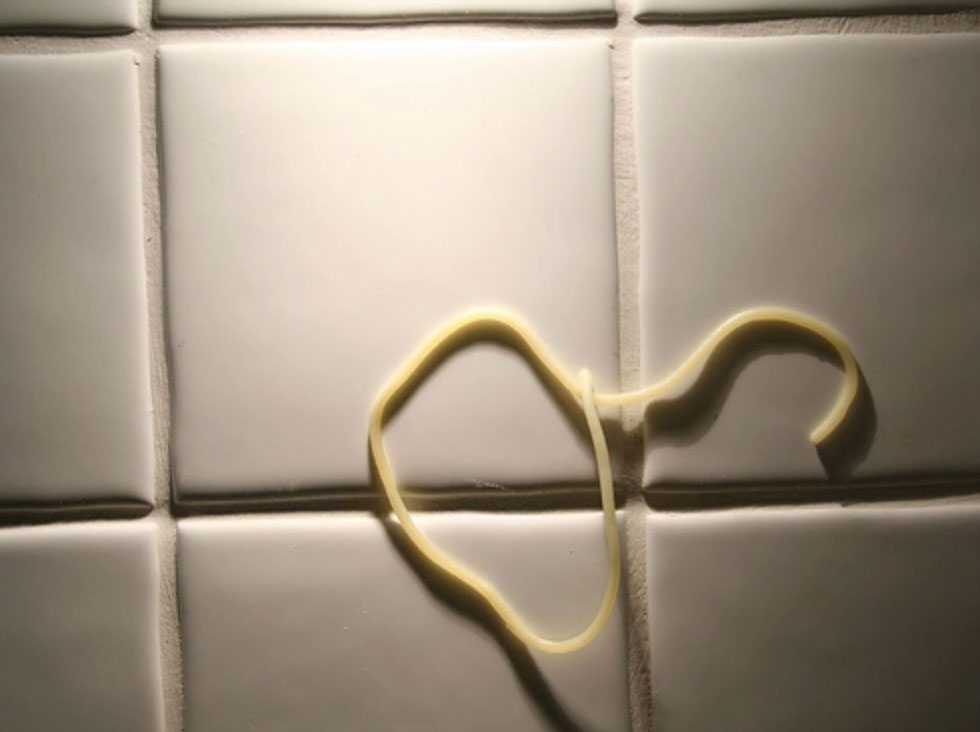
Some cooks use a playful trick known as the 'wall test': throwing a noodle against a smooth surface like a tiled wall. If it sticks, it’s done. While this might be amusing, it’s not always reliable. Instead, use it as a fun backup to your primary methods like tasting and visual checking, never as your main go-to way to determine readiness.
8. Consider Carryover Cooking
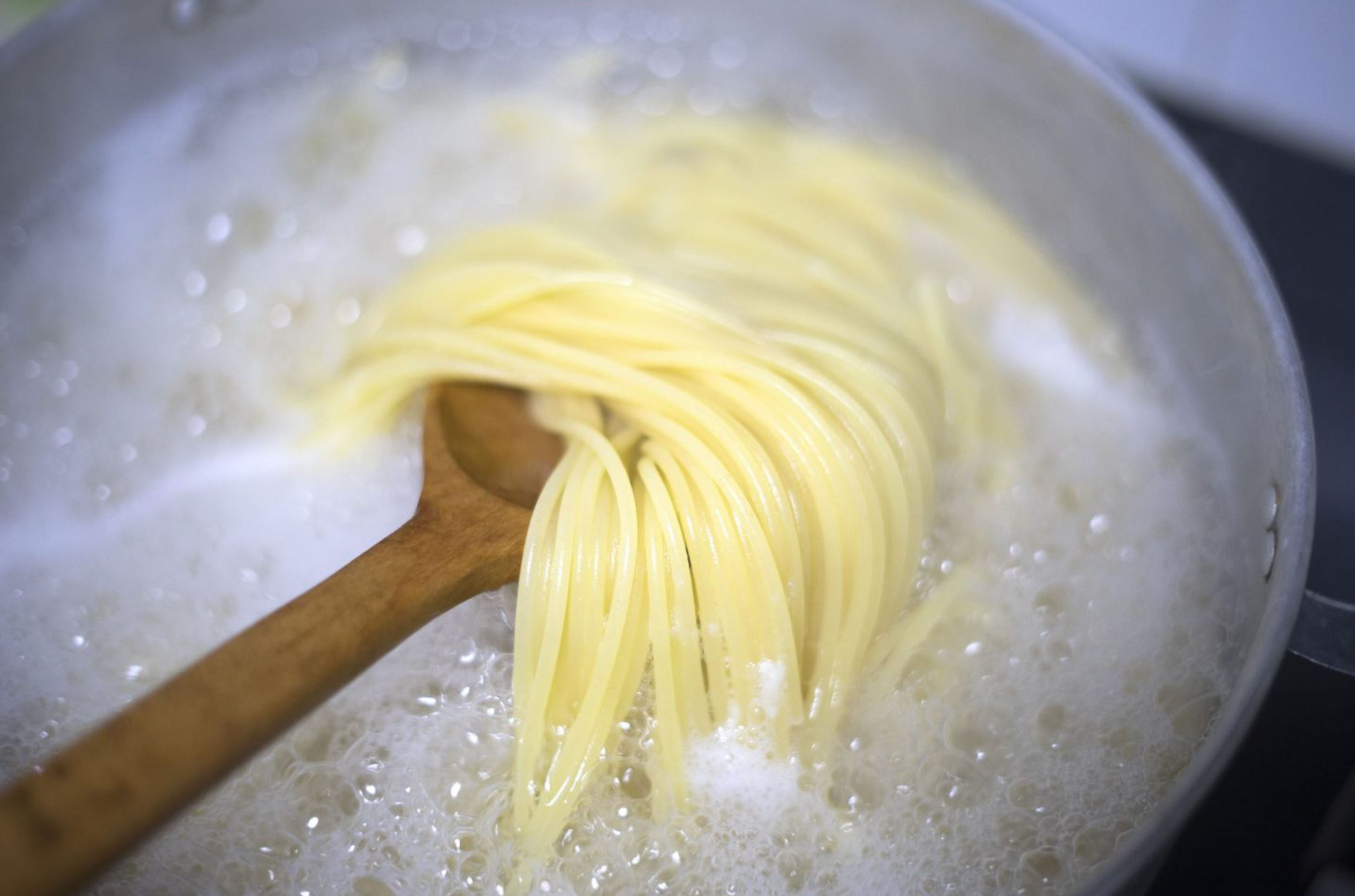
One final tip when asking 'how do you know when pasta is ready': take it off the heat just before it reaches perfect doneness. Pasta continues to cook slightly after draining due to retained heat. Especially if you're adding it to a hot sauce immediately after, stopping the cooking process a touch early will result in perfectly textured pasta on the plate.
So, how do you know when pasta is ready? The answer lies in a blend of technique and intuition. Tasting, timing, observing texture, and being mindful of carryover cooking are the key steps to pasta perfection. With a little practice, you'll be able to consistently create delicious pasta meals that are cooked just right—every single time.


